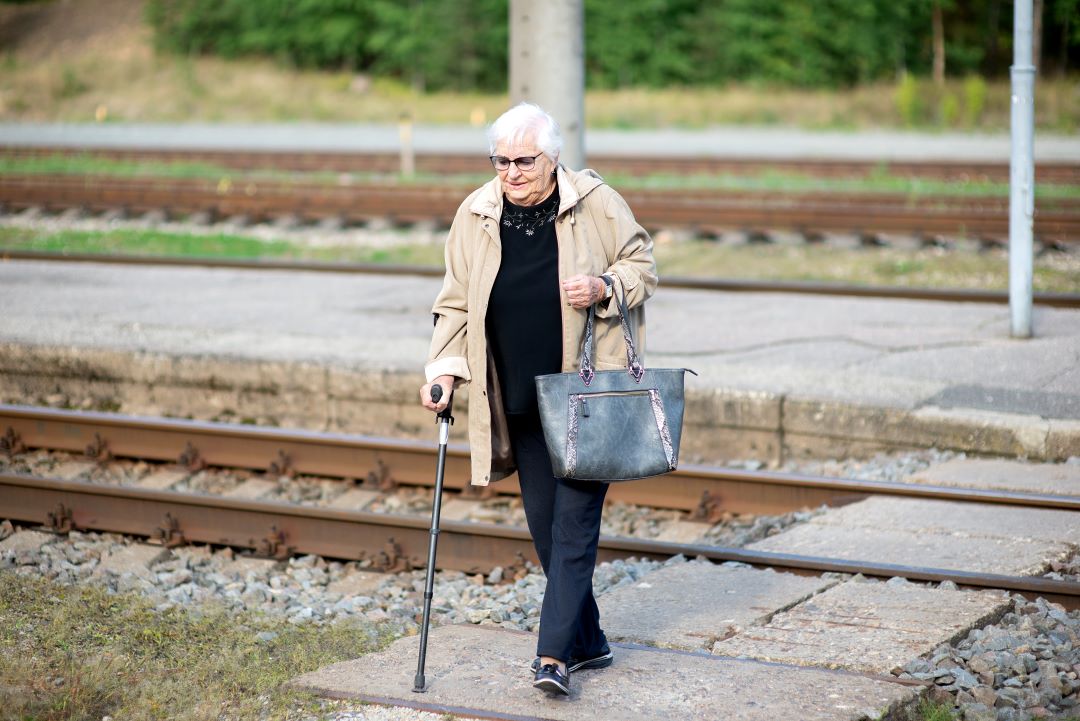A fall detection system can help your senior loved one stay safe. These devices are lightweight and discreet, and many have the look of a regular smartwatch.
This work differs from previous ones in that it performs computation directly on the device rather than transmitting data to a remote server for processing. This improves battery performance and reliability.
img width="424" src=" ">
Features
">
Features
Wrist fall detectors feature a discreet design and can blend in with regular wear. The device will detect a possible fall, prompt the user for a response and then call a monitoring center or designated loved one. Most devices will wait for a short period of time before calling emergency services, to allow for false alarms.
The sensitivity of accelerometer and gyroscope technology has allowed for these sensors to be miniaturized, enabling wrist-worn devices. The small size and lightweight construction of these devices make them comfortable to wear for long periods. https://www.personalmedicalalarms.co.nz/fall-detection-alarms/ Wrist worn fall detectors also provide better comfort than other types of medical alert devices, which are usually worn around the neck or chest.
Discreet – The small and compact design of many wrist-worn fall detection devices makes them very discrete. This allows seniors to wear them without feeling stigmatized. The design is very similar to that of a smartwatch, making it easy to integrate into everyday life.
Many different types of algorithms have been developed for wrist-worn fall detection, including kNN and LSTM. KNN and LSTM have both achieved 99% accuracy on the Apple Watch’s fall detection dataset. However, the results of these experiments were not based on real-life scenarios, and some daily movements, such as washing hands or moving around, were misclassified as falls.
Battery life
Fall detection is typically marketed towards older adults, but it can benefit people of any age who have medical conditions that make them more likely to fall. Some of these conditions include Parkinson’s disease, dementia and other neurological disorders. Additionally, the technology can be useful for people who take medication that makes them dizzy or prone to falling.
It is also worth considering the price of these devices and any monthly monitoring subscription fees that may be involved. Some companies offer the device for a one-time purchase, while others require an annual fee. It is important to read online consumer reviews to determine the average battery life of these devices, as well as their pricing.
The system is comprised of stretchable energy harvesting (TEG) and storage (LIB) devices interconnected with a MCU for data processing, a three-axis accelerometer for fall detection and a Bluetooth module for data transmission. TEG uses movement-induced triboelectricity to generate electricity which is then stored in the LIB. The devices are sewn to a jacket through conductive carbon threads. Computation directly on the wearable device improves performance and battery life compared to continuously transmitting the data to a smartphone for further processing. Additionally, a learning version of the algorithm was developed which further improved performance and battery life. The new version is able to reduce false positives by lowering the frequency of measurements.
Waterproofness
Most medical alert devices are designed to withstand a certain amount of water, such as rainwater or even a shower. Those that are waterproof can be worn in the bathtub or when swimming. It’s important to choose a waterproof device, especially since most falls occur around the bathroom.
Some medical alert systems that offer wrist-worn fall detection also come with a two-way communication feature, allowing the wearer to speak directly with the call center when pressing the help button. This is helpful if the person has fallen outdoors and may not be able to describe their location. Often, these devices use GPS technology to track the location of the person and will notify family members or primary caregivers of their exact whereabouts.
Another important feature to look for in a medical alert system is 24/7 emergency response. This is a feature that is offered by most (but not all) medical alert systems and means that when the help button is pressed, it will connect to a 24/7 monitoring center that can dispatch emergency responders to your loved one’s location.
Many medical alert systems are marketed toward older adults, but people of all ages can benefit from wearing a fall detection device. They’re particularly useful for individuals who have medical conditions or take medications that cause dizziness or other side effects that can lead to falling or passing out.
Reliability
In any medical alert system, reliability is an important factor to consider. No device is 100% accurate, and there are always false alarms and missed falls. For that reason, many companies include a help button on their devices, in case the sensor fails to detect a fall.
In wrist-based wearable fall detection systems, signals are captured from motion sensors. These can be attached to the head, chest, wrist, thigh and ankle. The side of the waist is considered as the optimal position for a fall detector, due to the fact that devices closer to the centre of gravity are more reliable [13]. Furthermore, wrist-based devices are more comfortable to wear and are not associated with stigma.
Several researches have been conducted to improve the accuracy of wrist-based fall detection systems. These studies rely on either threshold-based or machine learning-based methods. The latter receive superior interest since they allow to reduce the amount of data required, avoiding unnecessarily consuming memory or battery life.
This work aims at enhancing the reliability of wrist-based FDSs by analysing movements in a realistic recording set-up using a dataset that does not suffer from limitations such as unrealistic feature selection or missing data. It also proposes a new method based on supervised dictionary learning to autonomously select the most representative features and train a 3NN with them.
![[PukiWiki] [PukiWiki]](image/pukiwiki.png)
